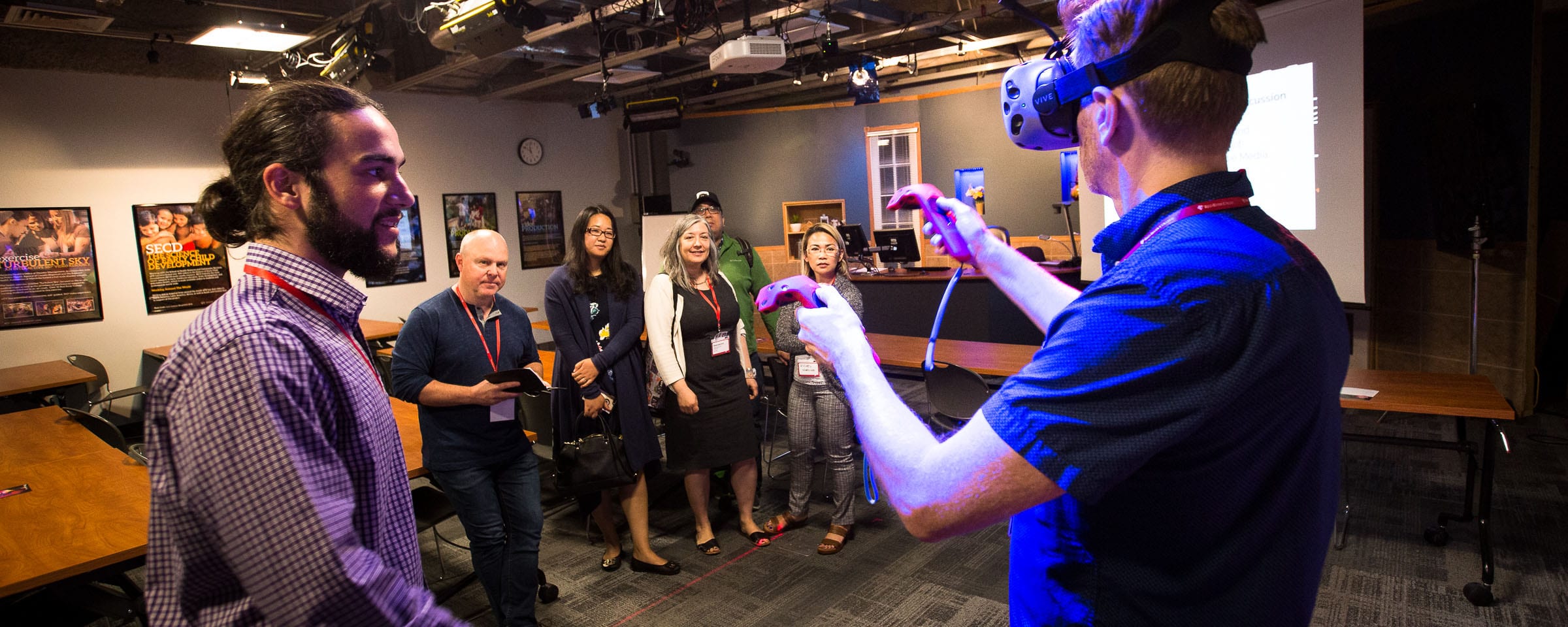


Using Rubrics is a great way to communicate expectations of quality, clearly explain a student’s level of achievement, as well as improve objectivity.
The Rubric tool in LEARN allows for all of this, but takes it one step further to become a re-usable scoring grid that will calculate student grades and release pre-programmed or custom feedback just with a few clicks of the mouse. This tool is a key step in optimizing your workflow when using the Dropbox and Gradebook.
It is also a great example of why using a course Master is a great idea. You can build your Rubrics, Assessments, and all other elements of your course once in the course master, and then copy over for each delivery of the course. You put the work in once, and then reap the benefits every delivery after that.
If you need help developing a rubric before building it in LEARN review this Rubric Guide.
Add a Rubric to an Existing Activity – Video
Easily Create and Use Rubrics in Brightspace – Video
Best Practices in Rubrics Grading – Detailed Instructions
Typically we will use the “Analytic” rubric when building a rubric for college use. Feel free to experiment with the Holistic rubric type, but it will behave quite differently than what I’m describing in this tutorial.
Analytic Rubrics –Most rubrics are analytic. An analytic rubric breaks performance into multiple criteria. You assess each criterion separately, resulting in an overall assessment score.
For example, an analytic rubric for assessing essays could have a separate criterion for spelling, grammar, and expression. Each criterion can be assessed as poor, good, or excellent, resulting in an overall assessment that adequately evaluates performance.
Holistic Rubrics – Holistic rubrics do not break performance into separate criteria. Performance is assessed holistically, so that you consider several different criteria, but make only one overall assessment.
RRC Polytech campuses are located on the lands of the Anishinaabeg, Ininiwak, Anishininwak, Dakota Oyate, and Denésuline, and the National Homeland of the Red River Métis.
We recognize and honour Treaty 3 Territory Shoal Lake 40 First Nation, the source of Winnipeg’s clean drinking water. In addition, we acknowledge Treaty Territories which provide us with access to electricity we use in both our personal and professional lives.